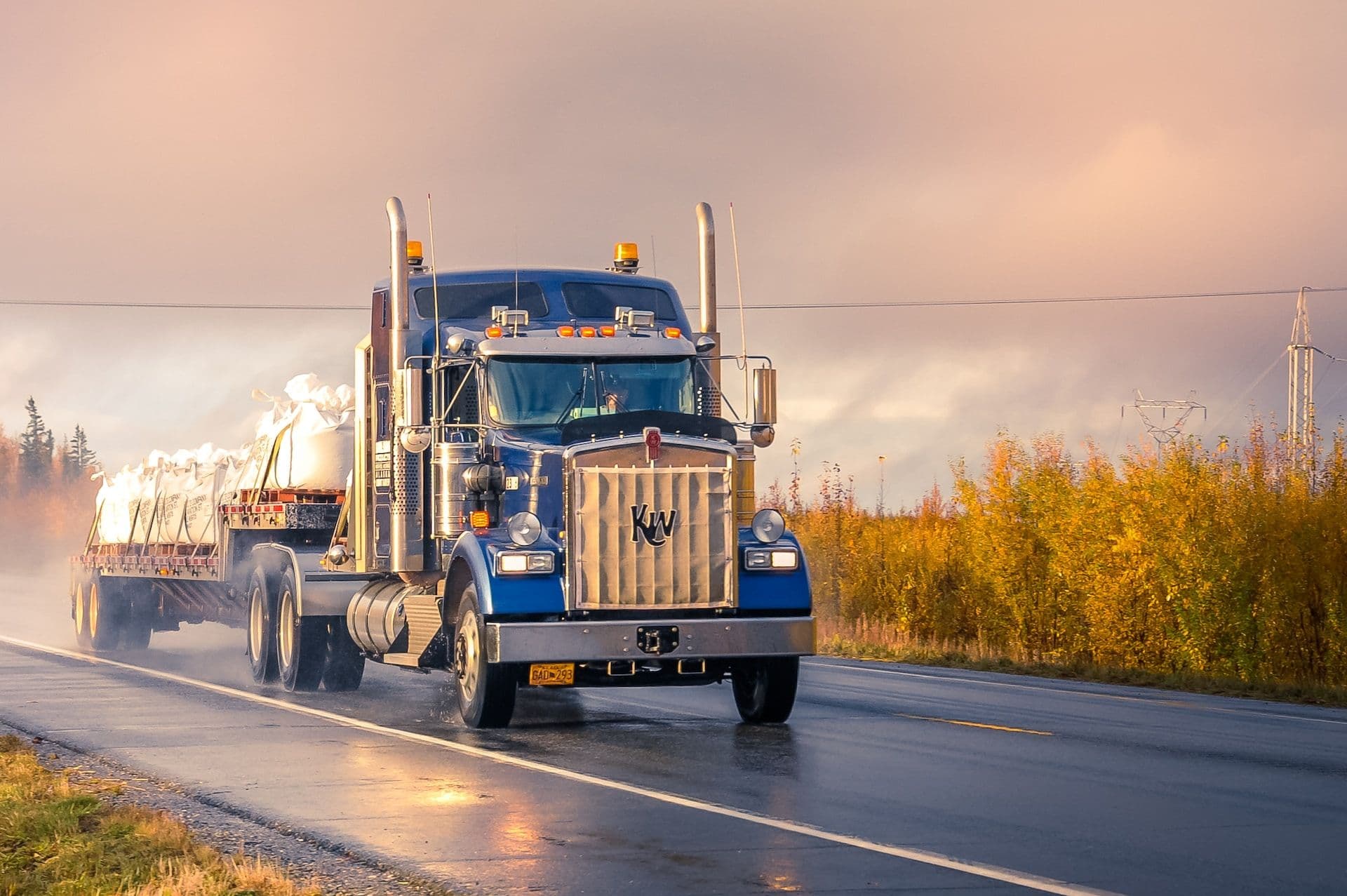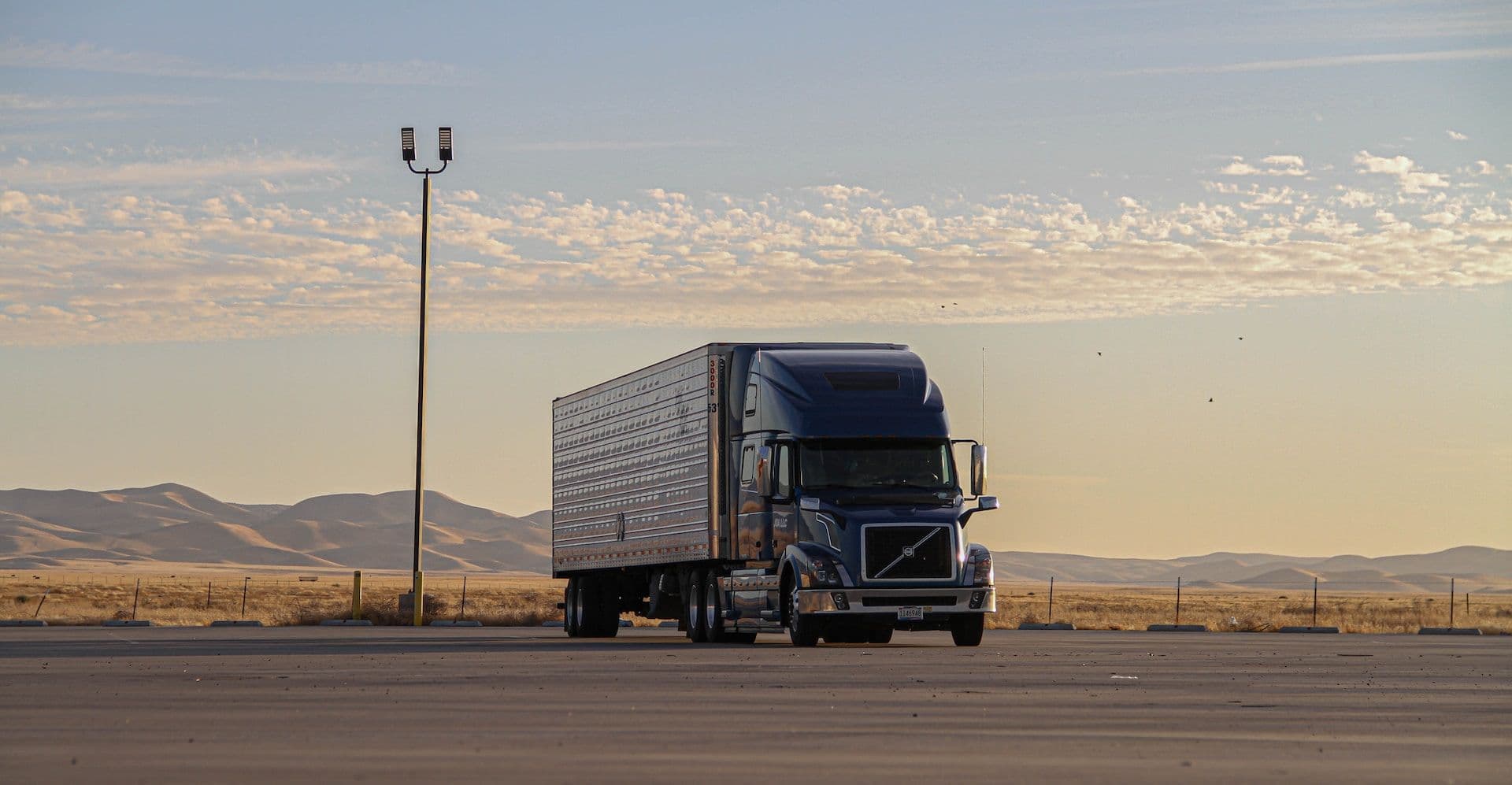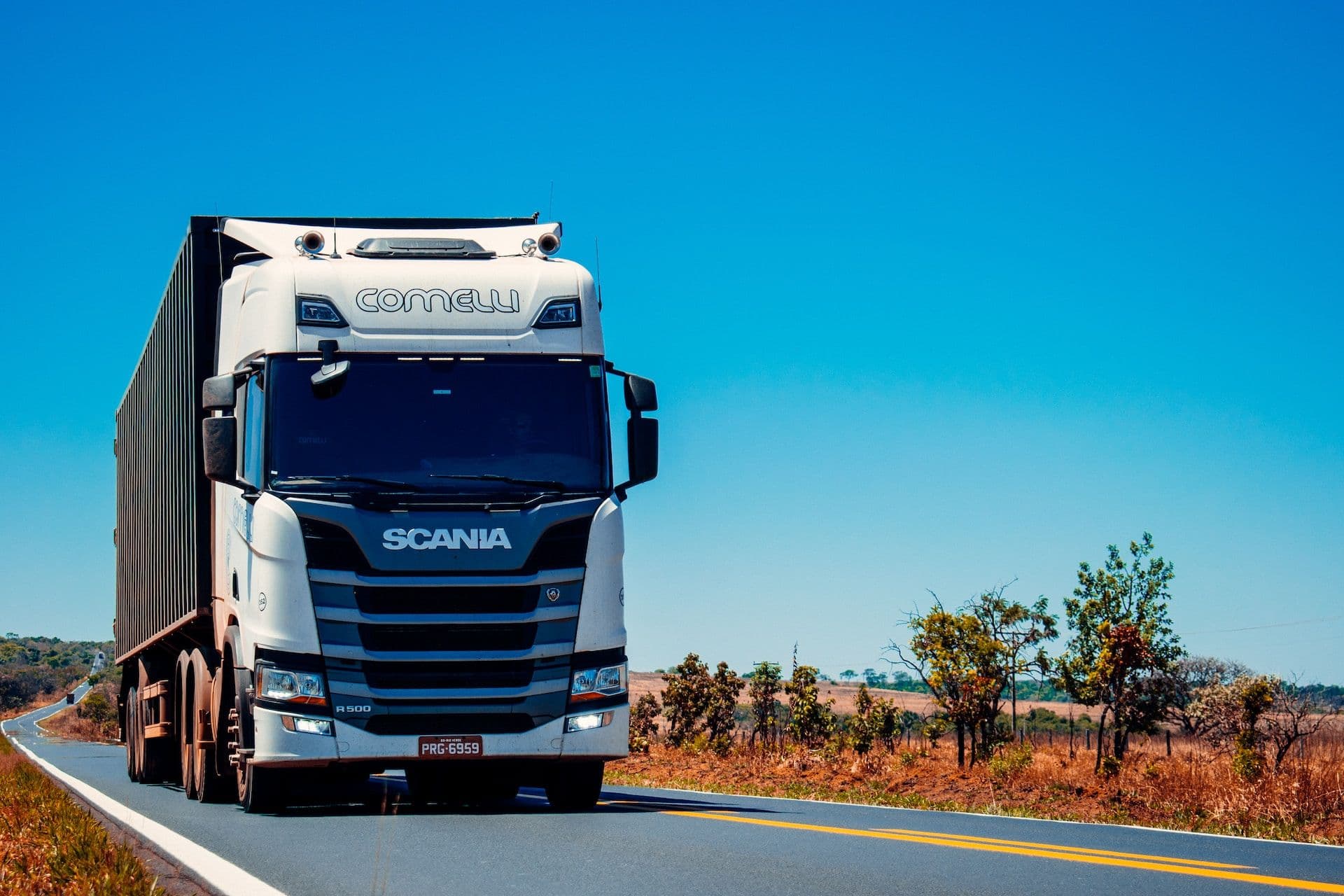Cutting Transportation Emissions: Evaluating Zero-Emission Vehicles
By Vijay Cherukuru, director of product at Walmart GoLocal
Around the globe, over 7,000 companies have announced plans to achieve net-zero carbon emissions or carbon neutrality. Medium- and heavy-duty transportation vehicles, though accounting for only 1% of total vehicles on the road, contribute to about 20% of emissions and particulate matter.
There’s an urgent global push to decarbonize transportation fleets. An emissions-free transportation future will require a combination of technologies such as electric, hydrogen fuel cell, and internal combustion engines powered by renewable fuels. While we are still in the early stages of manufacturing, operationalizing, and maintaining alternative fuel transportation vehicles, the adoption of emissions-free technology by fleets will hinge on several factors, including regulatory support, technological advancements, and driver acceptance.
Dynamic Regulatory Landscape
In August 2022, the California Air Resources Board (CARB) approved the Advanced Clean Trucks (ACT) regulation, mandating that 40%-75% of medium- and heavy-duty vehicles sold in the state be zero-emission vehicles (ZEVs) by 2035, depending on the vehicle class. As of May, ten other states had adopted this regulation, collectively representing 27% of the U.S. market for these vehicles. This legislative momentum is critical in steering the transportation industry towards an emissions-free future.
Key Innovations
The EV revolution in trucking began in 2017 when Tesla announced its battery-powered Semi truck with a 500-mile range. Regulatory mandates and technological advancements have since led to a diverse assortment of commercially available emissions-free vehicles, extending from last-mile delivery vans to semitrucks.
Traditional manufacturers like Daimler and Volvo now offer electric Class 8 trucks with ranges between 150 and 500 miles. Startups such as Nikola have introduced hydrogen fuel cell semi-trucks, with Nikola selling 112 vehicles in the first half of 2024. Revoy, another emergent company, allows semitrucks to tap into battery power through aftermarket EV power units, reducing diesel use and aiding compliance with state regulations.
Total Cost to Transport: A Key Adoption Criteria
For both small and large fleets, the Total Cost to Transport (TCT) is pivotal in deciding the rate of electric and autonomous vehicle adoption. Fleets and third-party logistics providers like Ryder Electric are already sharing data from EV fleet operations. However, compared to diesel fleets, EV fleets have shown a 67% increase in TCT. This cost evolution challenges the faster adoption of electric vehicles by 2024, as firms await cheaper prices and improved infrastructure.
Strategies for Transitioning to a Net-Zero Fleet
Executives can embark on the electric and autonomous vehicle transition journey through low-risk experiments and pilots. A comprehensive pilot program might include:
- Understanding Vehicle Technology and Finance: Engage with manufacturers to comprehend vehicle maturity, operational concerns, and the range of financing options available.
- Evaluating Charging/Refueling Infrastructure: Identify first- and third-party infrastructure needs and partner with refueling-as-a-service companies to reduce upfront costs.
- Exploring Energy Partnerships: Collaborate with existing energy providers for quicker implementation, reducing reliance on developing in-house infrastructure.
- Assessing Supply Chain Impacts: EVs and AVs necessitate significant adaptations in management, warehousing, and transportation; engage technology suppliers early to prevent delays.
The transportation sector is on the precipice of remarkable change. Supply chain leaders can influence this evolution through proactive engagement in regulatory developments and vehicle technology innovations.
For those looking to transition to a net-zero carbon fleet, understanding and participating in these pioneering steps will be crucial to success.
The post originally appeared on FreightWaves.


